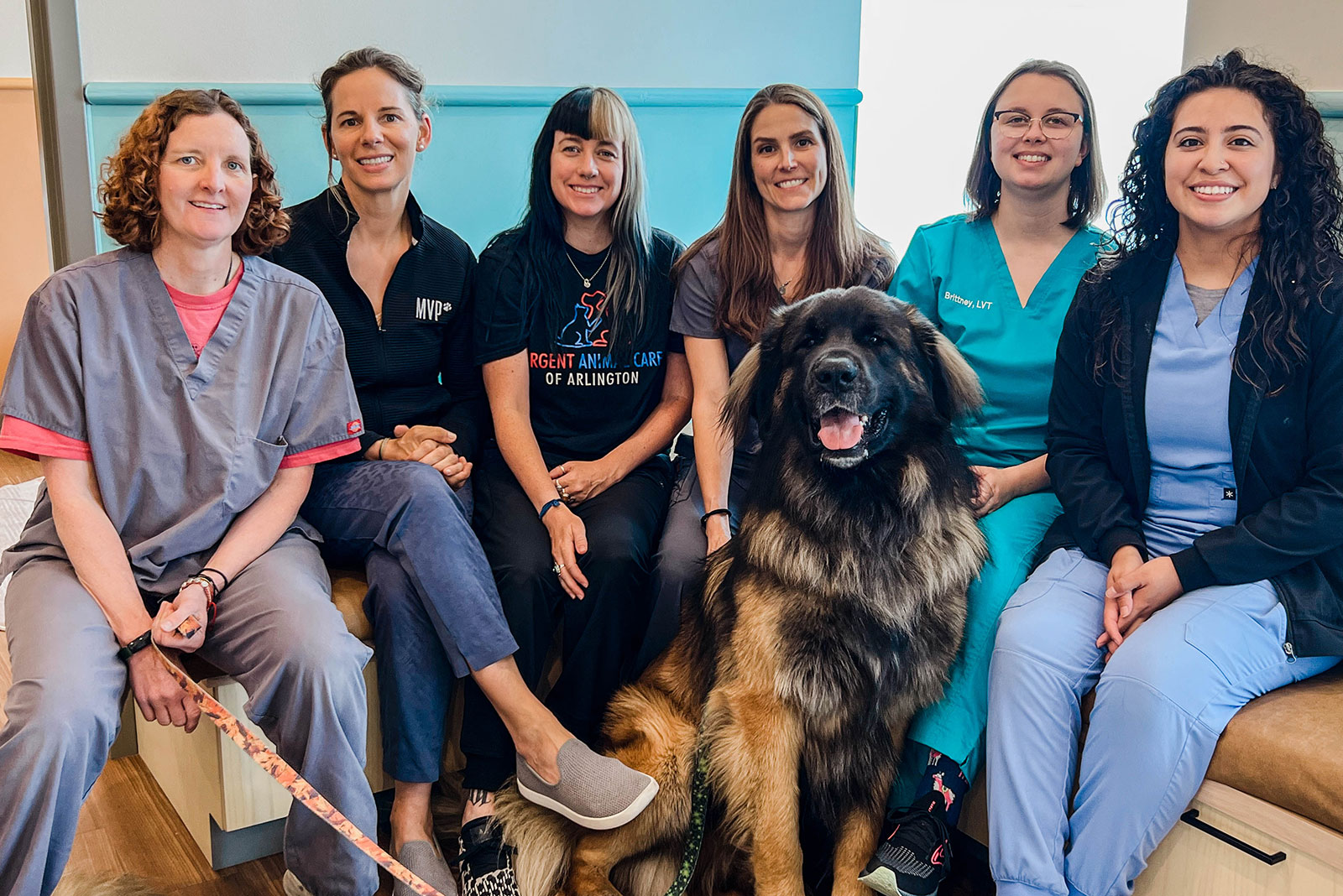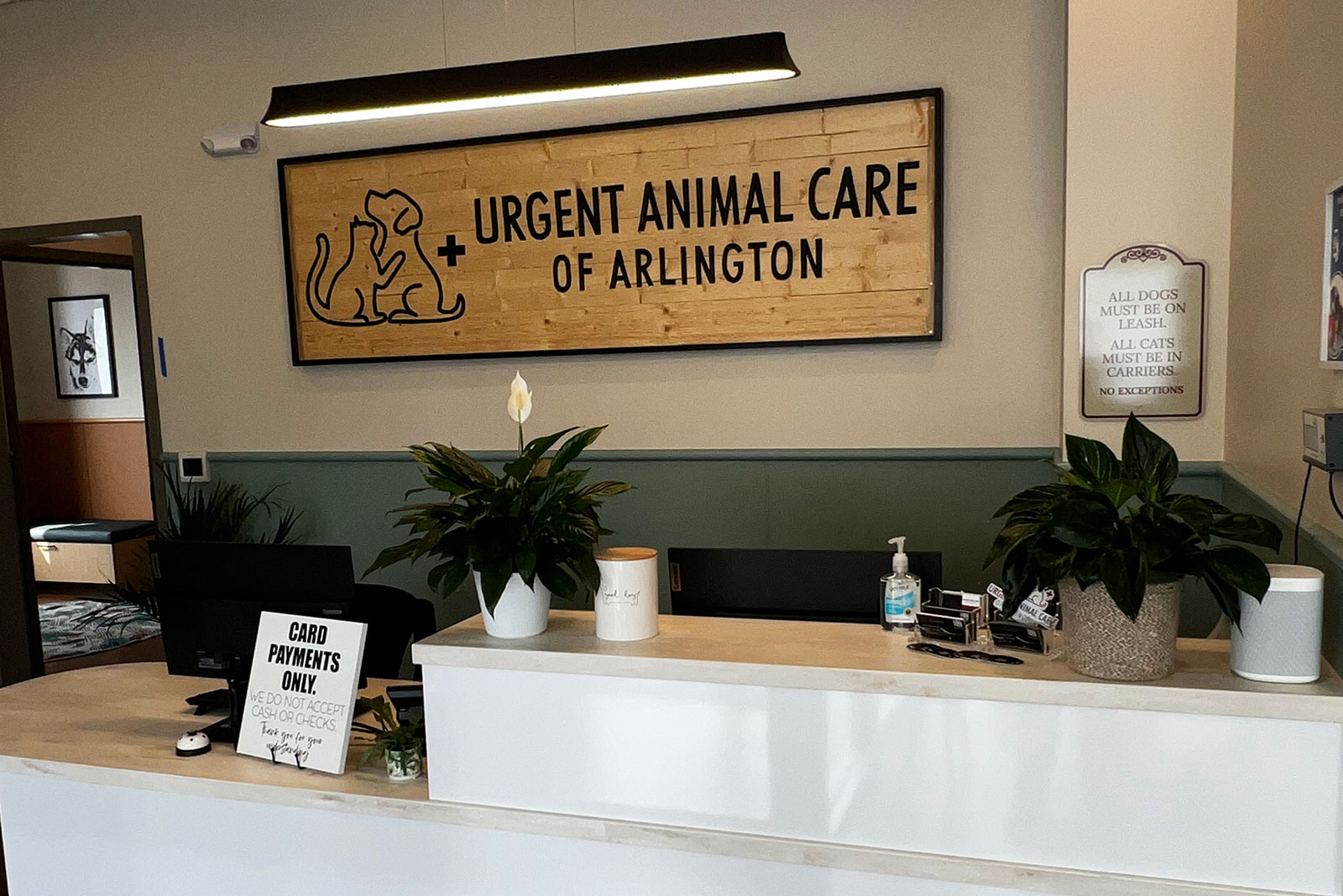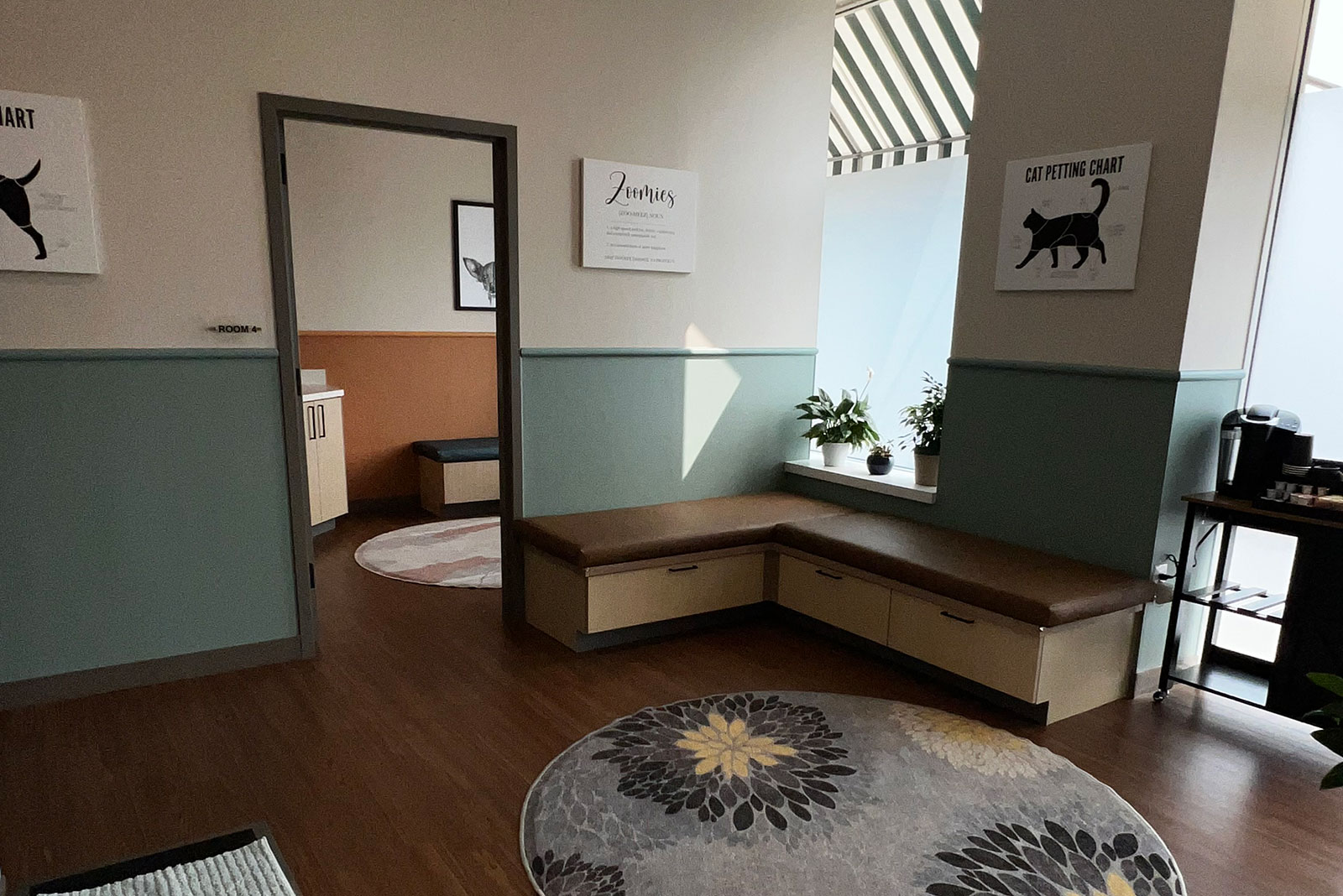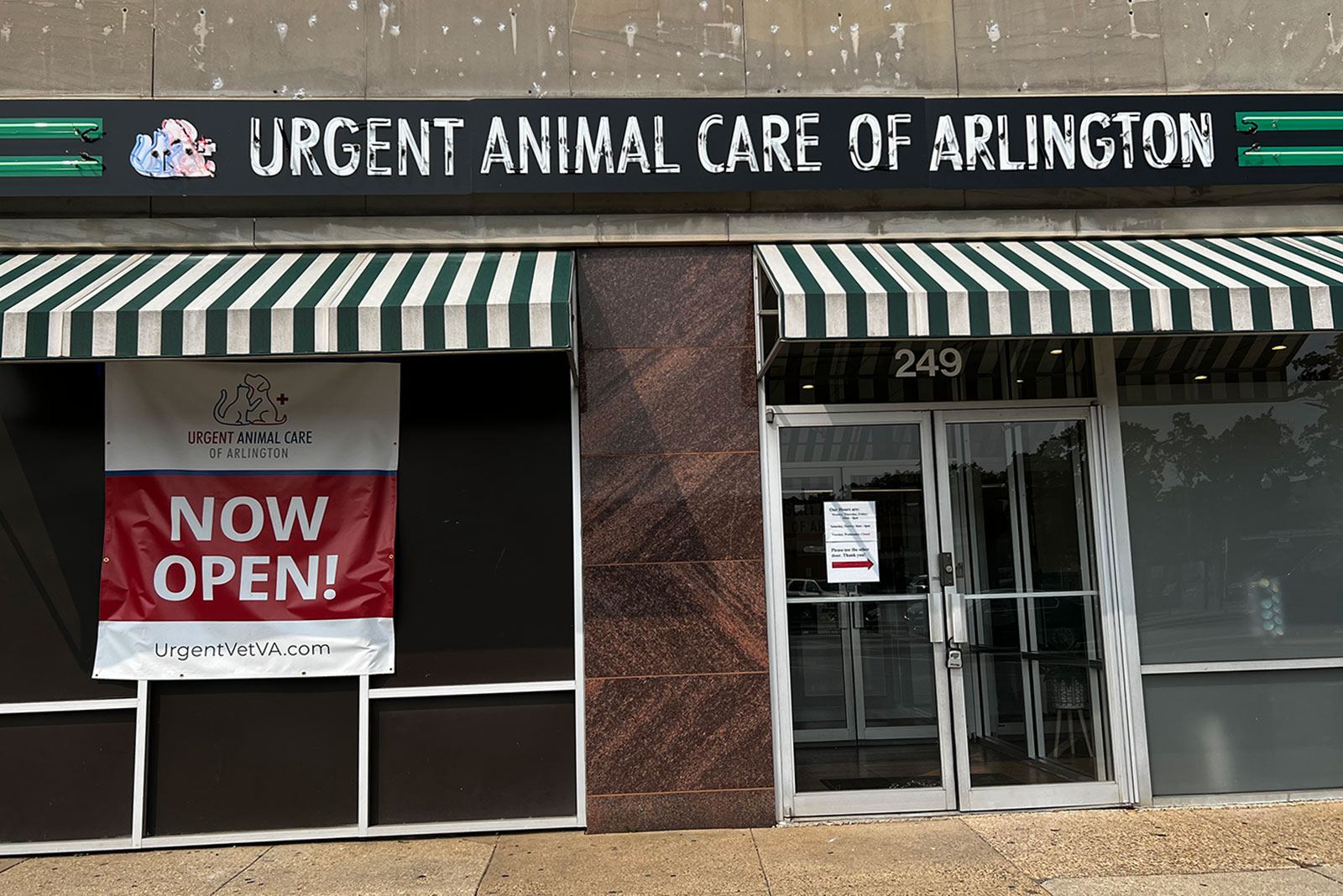One of the newest trends in the veterinary field has been that of urgent care services and stand-alone facilities.
Dr. Gloor and Dr. Ungerer are pleased to announce the Urgent Animal Care of Arlington — providing urgent care veterinary services to the Arlington and surrounding areas. This has been a long-term goal of Dr. Gloor and Dr. Ungerer and we are excited to see it finally come to fruition!
While general practitioner veterinarians are typically well equipped to handle the full range of veterinary care, from new puppy visits up through the various illnesses, injuries, and chronic diseases that may come with time and into the geriatric years, in addition to the more urgent or emergent cases that may come up unexpectedly — such as acute lamenesses, urinary tract infections, bee stings, dietary indiscretion, coughing, just to name a few — the pandemic pet boom has forced a change on this workflow.
Prior to 2020, many practices had sufficient same-day appointment availability to accommodate urgent visits, and relied on local emergency hospitals as primarily as a back-up. However, with the increase in pet ownership over the course of the pandemic, as well as changes in the work force, both general practitioners and emergency hospitals became increasingly busy; in fact, it is not an infrequent occurrence that emergency hospitals may temporarily close when they are at capacity, and it can take days to even weeks to get in with a pet’s primary veterinarian for routine visits or follow-up on chronic issues.
This is difficult for all parties — pet parents, family veterinarians, and the emergency hospitals as well — as we all have the same goal of getting prompt care for our much loved patients and pets!
General practices have worked to find creative ways to account for these unpredictable visits — for example, at Clarendon Animal Care we keep a set number of appointment spaces strictly reserved for same-day/urgent care appointments; some hospitals have a dedicated doctor to handle urgent care cases, or will “work-in” urgent care cases between scheduled appointments.
In the past couple of years, stand-alone veterinary urgent care practices have begun to spring up to help bridge this gap between general practices and emergency care. Similar to urgent care facilities on the human medicine side, veterinary urgent care hospitals are equipped to handle the urgent but non-emergency situations that may come up during times when a pet’s primary veterinarian is unavailable or closed, or if a pet does not yet have an established relationship with a family veterinarian.
While by no means an all-inclusive list, the following are some examples of situations that are appropriate for an urgent care visit:
- Ear infections
- Skin issues — lacerations, scrapes, irritation, infection, severe itchiness
- Acute onset of limping or lameness
- Diarrhea and vomiting
- Coughing
Some examples of situations that may not be appropriate for an urgent care visit, but rather a 24-hour emergency hospital, include:
- Severe trauma (hit-by-car, fall from high height)
- Severe seizures
- Labored breathing
- Protracted vomiting for more than 24 hours
- Extreme lethargy
Most urgent care facilities are not equipped to hospitalize patients or to perform surgery so would refer more complicated and involved cases to an emergency or specialty hospital. They also are typically not able to provide wellness services such as vaccinations (aside from Rabies vaccines in the case of bite wounds), medication refills, behavior consultations, or nutrition consultations.
In many cases, an urgent care facility will not have access to a pet’s previous medical history or vaccination status, so it’s especially helpful if pet parents have access to up-to-date vaccine information, as well as a list of chronic or historic problems and current medications the pet is taking.
It’s important to note that veterinary urgent care hospitals are not a substitute for having a relationship with a primary or family veterinarian — a primary veterinarian focuses not only on wellness care and management of chronic conditions, but assimilates all of a patient’s history together to provide a comprehensive treatment plan.





